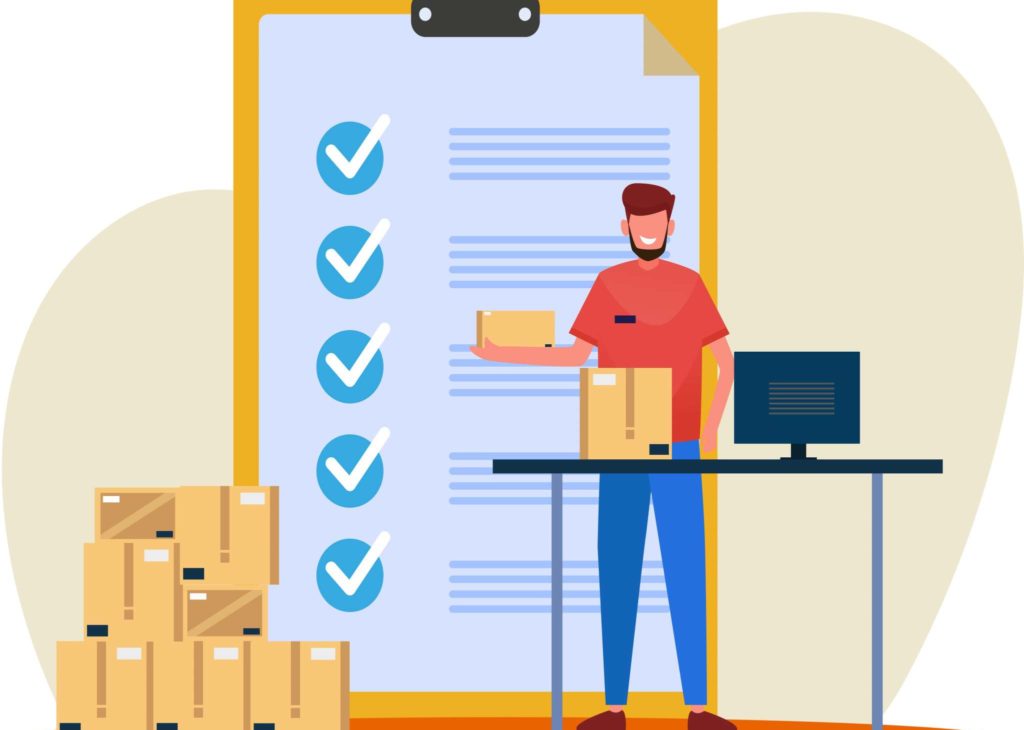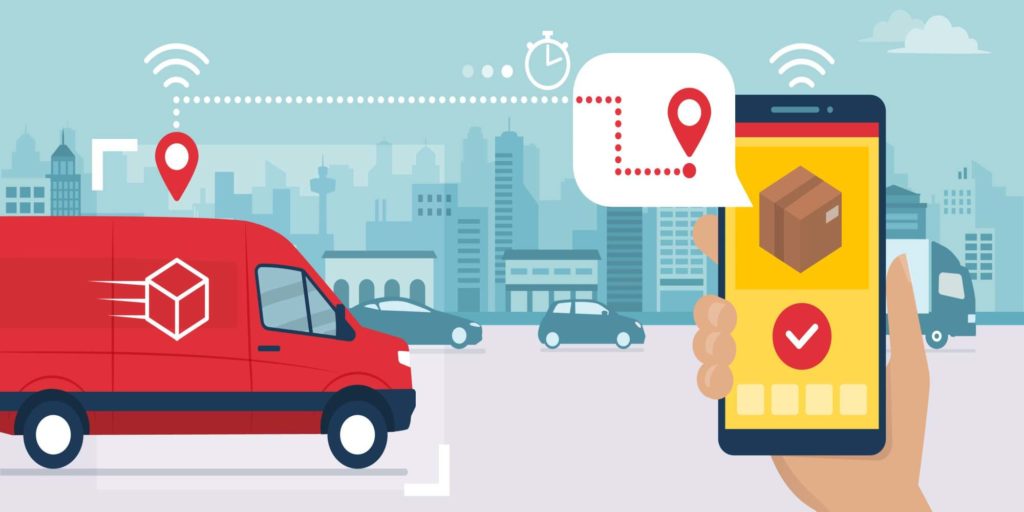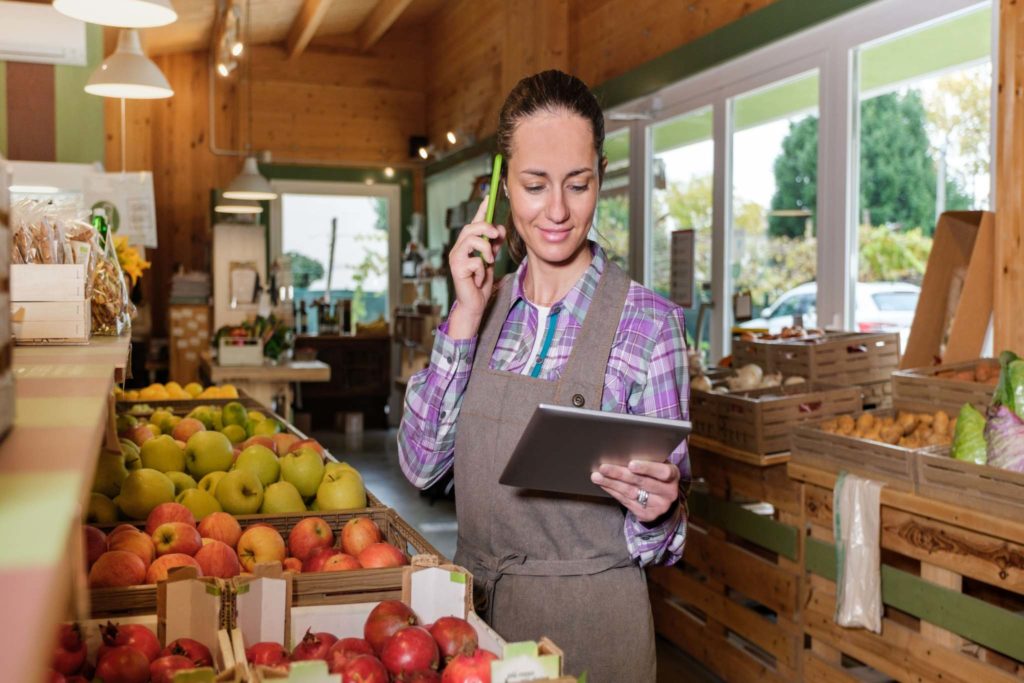
- Products
- Solutions
- Learn
- Partner
- Try Now
In recent years, online grocers have become increasingly popular. However, this sector has further accelerated due to the COVID-19 crisis. In fact, a recent Mckinsey survey reported that online delivery orders have soared by about 50% during this pandemic and going to increase by 5-6 per cent this year.
Despite this significant growth and potential profits, online grocers face the challenges of keeping up with consumer demands and meeting consumer needs. The Mckinsey survey further revealed that 63% of online grocery shoppers opted for home deliveries, particularly same-day and instant delivery options.
Convenience is the key factor, prompting time-strapped consumers to depend on online grocers. They jump onto the buy online shopping/pick up in-store (BOPIS) bandwagon. These consumers heavily rely on the convenience of delivery — the faster, the better.
As such, businesses and solo entrepreneurs must optimise their order fulfilment. They must invest in two key factors: product handling and delivery. As the digital direction has kicked off and is here to stay, online grocers must take their game to the next level.
In this article, we’ll share what order fulfilment involves for online grocers. Keep on reading to learn its six stages and how to optimise the entire process.
What Is Online Order Fulfilment?

Simply put, order fulfilment entails the entire process of placing and fulfilling orders. However, a lot takes place in between. These include receiving customer requests, picking goods or items, and delivering products to customers.
On a more specific note, the order fulfilment process involves the following:
- Inventory management entails ordering, storing, utilising, and selling a business inventory, from raw materials to business parts and components to finished products.
- Supply chain management involves managing the flow of goods or items, primarily transforming raw materials into actual products.
- Order processing refers to receiving orders from customers and fulfilling these orders.
- Quality control ensures the safety and quality of the products obtained, processed, and delivered to the consumers.
- Customer support tackles all customer concerns, from processing orders to providing updates and handling complaints to managing product returns and refunds.
What Are the Six Stages of Order Fulfilment for Online Grocers?

Order fulfilment is a process that applies to online grocers as well. This raises the question: how does the online grocery store process work?
Let’s take a look at the six stages of order fulfilment for online grocers:
1. Receiving orders
Typically, customers walk into a grocery store and search for products. Consumers then put goods or items in their cart and pay at the cashier.
On the other hand, everything about online grocery takes place on a digital platform. Customers shop online and place their orders. Hence, the order fulfilment process starts with receiving customer requests.
2. Processing requests
An online grocer usually has a back-office team. It is responsible for taking orders and processing customer requests.
When orders are placed online on a first-in and first-out (FIFO) basis, these specialists check the order details, acknowledge them, and respond to customers before proceeding with the next step.
3. Assigning tasks to associates
After acknowledging and sorting orders, they get forwarded to the department responsible for picking up products. Each order gets assigned to a particular associate.
The associates stand by the grocery store or warehouse. Once the orders are received, they are all set and ready for product picking.
4. Picking goods or items
After receiving the order requests, the assigned associates take rounds in the grocery store or warehouse. They select goods or items listed on the customers’ orders.
by tagging the products listed as found or unavailable. They only stop if they have already checked all the goods or items on the list.
5. Finalising ordered products
At this point, the assigned associates finalise the orders. After tagging the listed products, they double-check everything.
The ultimate goal of these associates is to ensure they have not missed out on anything on the order list. Finally, they prepare the goods and items for their final delivery.
6. Delivering the groceries to customers
The concluding part of the order fulfilment process is the actual product delivery. This part is also called the last-mile delivery, which involves transporting ordered products to the end customers.
Unfortunately, the last-mile delivery is the most crucial part. Why? You want to ensure that the ordered products get delivered right at the customers’ doorsteps or pick-up centres.
Most customers demand timely delivery and product quality. The last thing these customers want is to have delayed products or have not received their orders. Also, they want to ensure they get the actual goods or items they expect, which means the products have no defects or quality issues.
How Do You Optimise Your Online Order Fulfilment?

Earlier, we learned the six stages of online order fulfilment. Now, let’s explore how to optimise this process. Take note of the following:
Set orders by batch.
As mentioned above, an online grocer usually has back-office personnel. The team receives orders, sorts requests, and forwards them to assigned associates.
It’s best to set these orders by batch for proper organisation. They should get sorted out based on the number of ordered products listed, the types of goods or items, and the weights and sizes of these products.
James Crawford, Co-Founder of DealDrop, said that organising is the key to business efficiency and productivity. “It’s what we do with our collection of coupons and discount codes. This idea applies to the order fulfilment process as well.”
Have micro-fulfilment centres in place.
For the uninitiated, micro-fulfilment centres (MFCs) are storage facilities used to house goods or items to cater to customers in a particular area. Unless you have several branches for your grocery stores, you should consider having MCFs in place.
MCFs do not only reduce the delivery time; they also help lower transport and operational costs. If you operate a click-and-order grocer, it’s better to have MFCs than to open new branches in different locations. The latter can be a bit costly for your e-commerce business.
Organise inventory for easy and seamless picking.
Whether you still have a brick-and-mortar store or a warehouse for your online grocer, it’s best to organise your inventory. Segregate your goods or items according to product types, shapes and sizes, and other categories.
Nick Drewe, Founder & CEO of Wethrift, said “Based on our experience helping online shoppers, organising products make room for easy product selection and customer convenience. Organising your inventory will also help your back-end team search and pick products at your store or warehouse.”
Have variable cart configurations.
Typically, most online grocery stores have products of various weights and sizes. As such, carts used for product picking and selection should also vary. Make sure to invest in different cart configurations to accommodate small, medium, and big goods or items.
Roy Morejon, President & Co-Founder of EventysPartners, said that “e-commerce calls for practical innovations in the order fulfilment process. They can go from as simple as having variable cart configurations in the warehouse to as complex as working with shipping companies or couriers. The ultimate goal is to improve business processes for your end customers’ benefits.”
Hire the most dedicated contract workers.
As explained above, online grocers need back-office specialists to process order requests and assigned associates to pick goods or items for delivery. If you’re looking to optimise your e-commerce business, ensure you hire the most dedicated contract workers.
Max Wesman, COO at GoodHire believes that employees are the lifeblood of a company or organisation. “They oversee day-to-day business functions, ensuring continuous business operations. They can be instrumental to your overall business success. Hence, hire the right people and take good care of them.”
Leverage digital tools and technologies like Tookan.

In this time and age, every e-commerce business can no longer ignore the power of digital tools and technologies. And this applies to online grocers as well.
It’s best to leverage the latest resources for your digital platform. A perfect example of this is the use of Tookan, a custom-made digital solution for every business. This delivery management software is best for online grocery stores. You can take advantage of its features like process automation, smart analytics, route optimization, and increased productivity for your online grocer.
The Bottom Line

In this digital era, consumers can no longer ignore the benefit of online grocers. They should take advantage of them for ease and convenience.
But as an online grocer, you must do what it takes to level up your order fulfilment process. Consider the six stages discussed above, from receiving orders to picking goods or items to delivering groceries right at the customers’ doorsteps.
Most importantly, follow our recommendations on optimising your online order fulfilment. Find ways to expedite each phase of the entire process without compromising product quality and ensuring overall customer satisfaction. Ultimately, you can take your online order fulfilment to the next level!
Subscribe to stay ahead with the latest updates and entrepreneurial insights!

Subscribe to our newsletter
Get access to the latest industry & product insights.





















